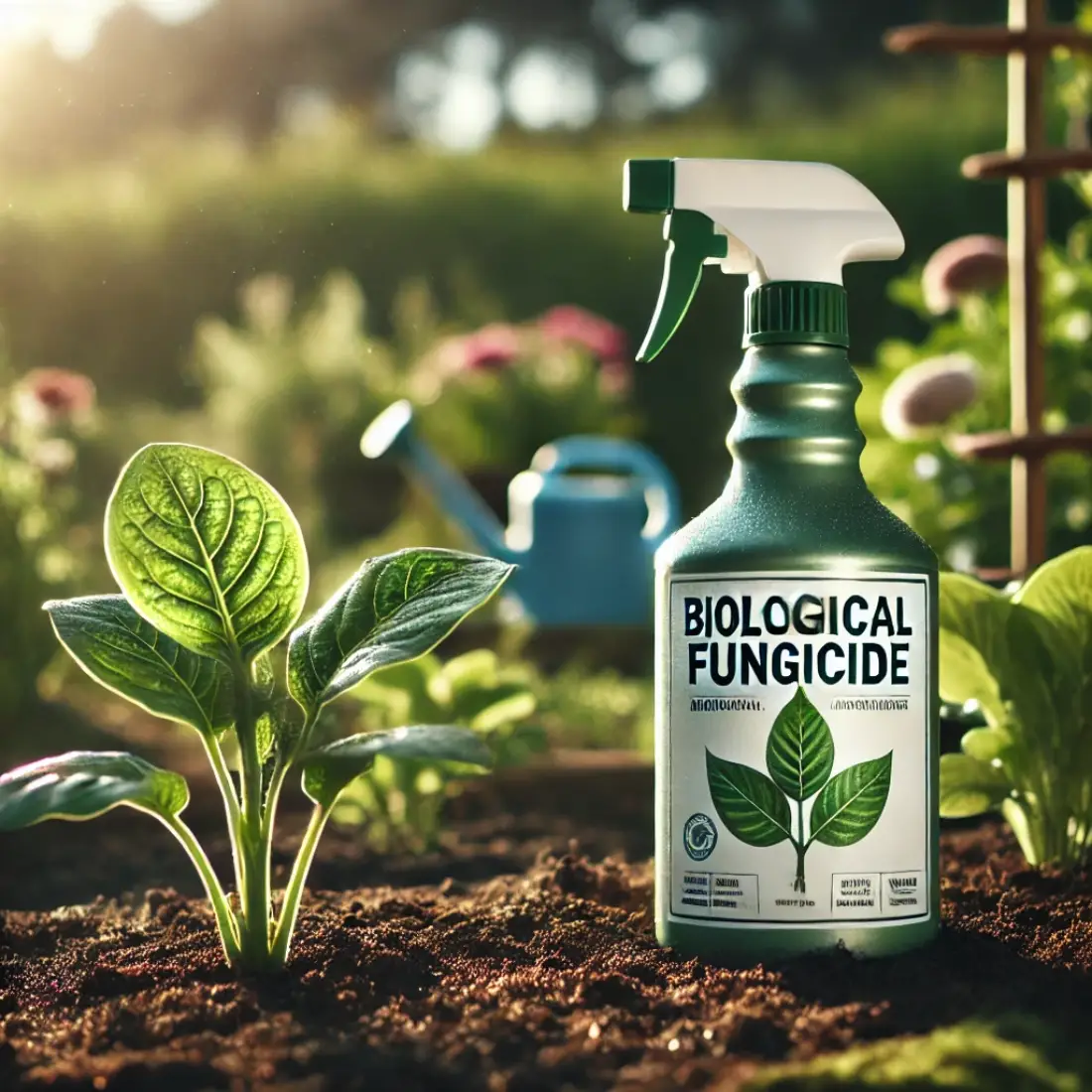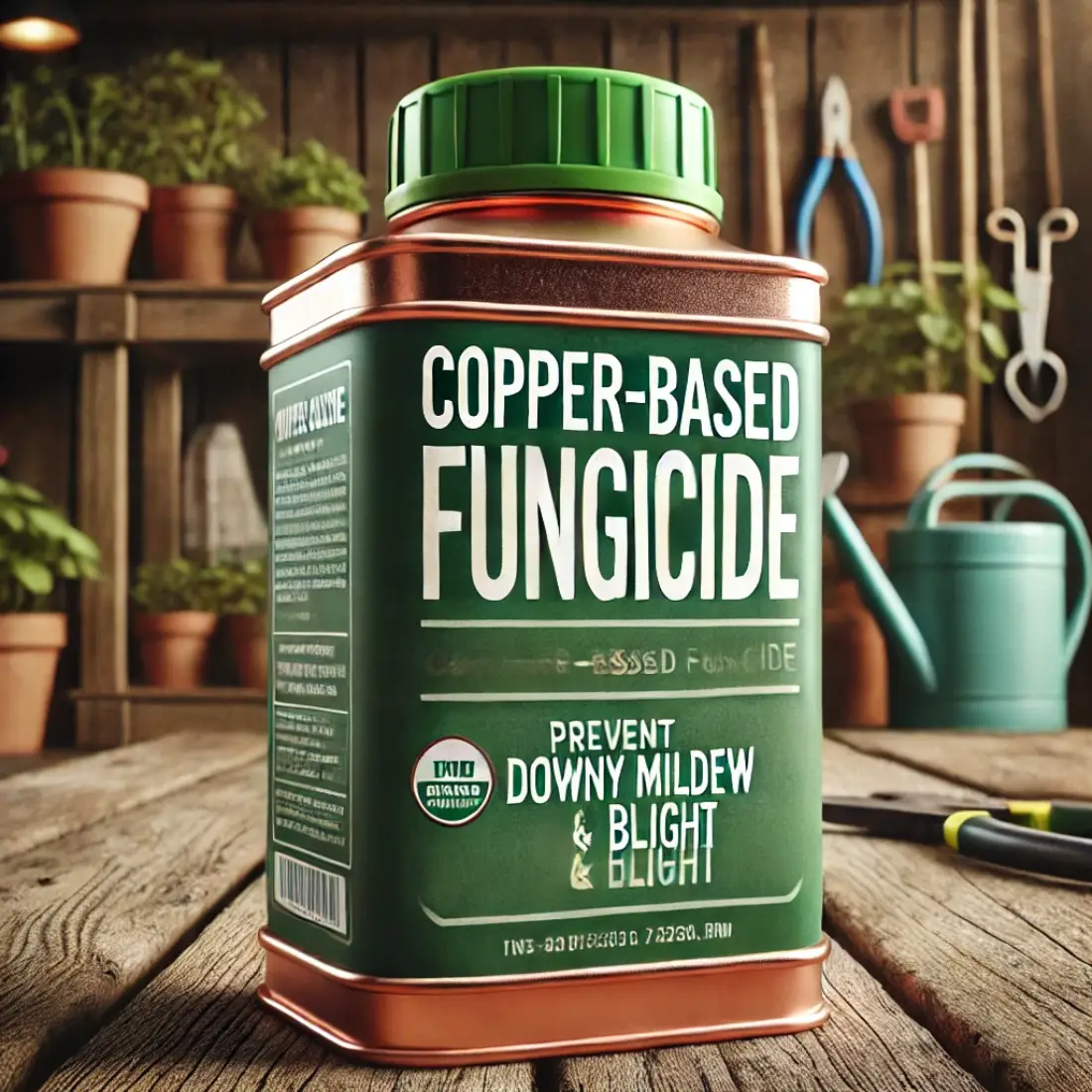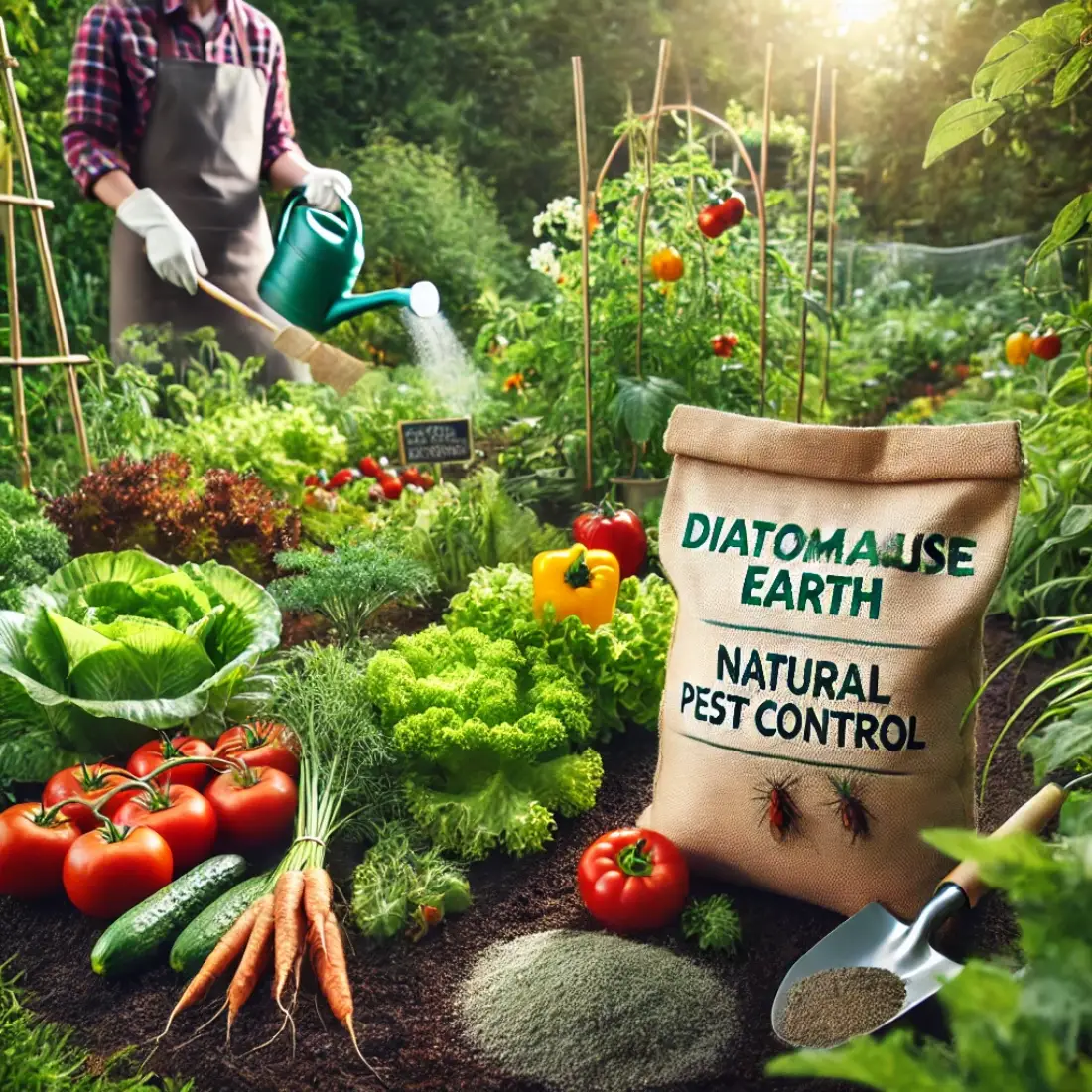Biological fungicides are natural alternatives to chemical fungicides, made from beneficial microorganisms or plant-based ingredients. They work by suppressing harmful fungal pathogens, promoting healthier crops without leaving toxic residues. As demand for organic and sustainable farming grows, finding the best biological fungicide has become essential for both large-scale agriculture and home gardeners.
- Biological fungicides are eco-friendly and safer for crops.
- They work by inhibiting fungal pathogens without harming the environment.
- Several top biological fungicides are available for organic farming.
What Are Biological Fungicides?
Biological fungicides are natural substances derived from living organisms, such as beneficial bacteria, fungi, or plant extracts, that control fungal diseases in crops. Unlike chemical fungicides, which can leave harmful residues, biological fungicides work by using microorganisms or natural compounds to suppress the growth of plant pathogens. These products target fungi through various mechanisms, including competition for nutrients, production of antifungal compounds, and direct parasitism of harmful fungi.
Common biological fungicides include Trichoderma and Bacillus subtilis, both of which are widely used in organic farming. They help maintain a natural balance in the soil, support plant health, and improve resistance to diseases without disrupting the ecosystem. Biological fungicides are particularly effective in sustainable agriculture, offering an eco-friendly solution for controlling common fungal problems such as root rot, powdery mildew, and leaf spots.
How Do Biological Fungicides Work?
Biological fungicides work by harnessing natural processes to combat harmful fungi that attack crops. These fungicides rely on beneficial microorganisms, such as Trichoderma, Bacillus subtilis, and Streptomyces, which protect plants through several key mechanisms:
- Antagonism: Beneficial microbes outcompete harmful fungi for nutrients and space, effectively preventing the spread of pathogens.
- Parasitism: Some microorganisms directly attack and feed on the harmful fungi, destroying them in the process.
- Induced Resistance: Biological fungicides stimulate the plant’s immune system, helping crops build a natural defense against fungal infections.
- Production of Antifungal Compounds: Beneficial bacteria or fungi release chemicals that inhibit the growth of pathogens or destroy them.
These mechanisms make biological fungicides a powerful and environmentally friendly tool in pest management. Unlike chemical fungicides, which may lead to resistance over time, biological fungicides promote long-term plant health by encouraging beneficial microbial activity in the soil.
The Best Biological Fungicides Available Today
There are several biological fungicides on the market today, each effective in combating different types of fungal pathogens. Below are some of the most widely used and highly effective options for organic farming and sustainable crop protection.
- Trichoderma harzianum: One of the most popular biological fungicides, Trichoderma species are effective against root rot, damping-off, and other soil-borne diseases. They colonize the root zone and outcompete harmful fungi, promoting plant health. This fungicide works well in crops like vegetables, fruit trees, and ornamentals.
- Bacillus subtilis: Known for its broad-spectrum disease control, Bacillus subtilis targets pathogens such as powdery mildew, botrytis, and fusarium. It produces antibiotics that inhibit fungal growth while promoting beneficial microbial activity in the soil. It is often used on leafy greens, tomatoes, and berries.
- Gliocladium (Clonostachys rosea): This fungal-based fungicide is effective in managing soil-borne pathogens like Pythium and Fusarium. Gliocladium works by parasitizing the harmful fungi and breaking down their cell walls. It’s used in both greenhouse and field environments, particularly for flowers, fruits, and vegetables.
- Streptomyces lydicus: Streptomyces is a bacteria that attacks fungal pathogens in both soil and foliage. It’s effective against diseases such as Rhizoctonia, Sclerotinia, and Verticillium. This biological fungicide is applied to a variety of crops, including potatoes, beans, and corn, to protect against soil-borne pathogens.
- Pseudomonas fluorescens: Pseudomonas produces antifungal compounds that protect crops from soil-borne diseases like root rot and damping-off. This bacterium also promotes plant growth by enhancing nutrient uptake. It is often used in cereals, vegetables, and fruit crops.
Each of these biological fungicides offers unique benefits, depending on the crop and specific fungal problem you are trying to control. For example, Trichoderma is ideal for root-zone protection, while Bacillus subtilis is more effective against foliar diseases like mildew. By selecting the right fungicide for your crop and environment, you can achieve effective disease control without harming the ecosystem.
How to Apply Biological Fungicides Effectively
To get the most out of biological fungicides, proper application is crucial. Timing plays a significant role—it’s best to apply biological fungicides preventatively or at the very early stages of fungal infection, rather than waiting until the disease is well established. The method of application can vary depending on the type of fungicide and the crop, but common methods include soil treatments, seed coatings, and foliar sprays.
For maximum effectiveness, environmental conditions must be ideal. Biological fungicides often perform best in humid environments with mild temperatures, as many beneficial organisms thrive under these conditions. Make sure the soil is moist before application, and avoid applying in extreme heat or heavy rain, which can wash away the product.
Biofungicides are most effective when applied preventatively or during the early stages of fungal infection. The ideal time to use them is before a fungal outbreak occurs, as they work by enhancing the plant’s natural defenses and suppressing fungal growth. Applying biofungicides during the early growing season helps establish beneficial microorganisms around the plant roots and leaves, offering long-term protection.
For specific diseases like powdery mildew, root rot, and damping-off, biofungicides should be applied when weather conditions—such as high humidity and mild temperatures—favor fungal growth. Regular, repeated applications may be necessary to maintain effectiveness, particularly in environments prone to fungal diseases.
Biological fungicides are typically compatible with other organic treatments, including compost teas and organic fertilizers, making them an excellent addition to Integrated Pest Management (IPM) strategies. Always follow the manufacturer’s instructions for dilution rates and application frequency to ensure the fungicide remains effective.
Challenges and Limitations of Biological Fungicides
While biological fungicides offer many benefits, they also come with some challenges and limitations. One major limitation is their slower action compared to chemical fungicides. Biological agents often take longer to suppress fungal infections, which may not be ideal for crops facing rapid disease spread. Additionally, their effectiveness can vary depending on environmental conditions, such as temperature, humidity, and soil quality, making them less reliable in inconsistent climates.
Another challenge is limited shelf life and the need for careful storage, as many biological products contain living organisms that can degrade if not stored properly. In some cases, higher initial costs and restricted availability in certain regions may discourage widespread use. Finally, applying biological fungicides requires knowledge and precision to ensure the best results, which may make them less appealing to conventional farmers accustomed to faster, more predictable chemical solutions.
FAQs about Biological Fungicide
What is a biological fungicide?
A biological fungicide is a natural product made from beneficial microorganisms like bacteria, fungi, or plant extracts that control harmful fungi in crops, offering a safer alternative to chemical fungicides.
How do biological fungicides work?
Biological fungicides suppress fungal pathogens by competing for nutrients, producing antifungal compounds, or directly parasitizing harmful fungi. They also stimulate a plant’s immune response to resist infections.
Are biological fungicides safe for the environment?
Yes, biological fungicides are environmentally friendly. They do not leave harmful residues, and they are safe for pollinators, animals, and humans, making them a sustainable option for pest control.
Can biological fungicides be used with chemical fungicides?
In many cases, yes. Biological fungicides can complement chemical fungicides, but compatibility depends on the specific products being used. Always check labels for application instructions.
How long do biological fungicides take to work?
Biological fungicides typically take longer to show results compared to chemical options. They work gradually by enhancing soil health and encouraging beneficial microbial activity over time.
What are the best crops for using biological fungicides?
Biological fungicides are versatile and can be used on a wide range of crops, including vegetables, fruits, cereals, and ornamental plants. Specific fungicides target different fungal diseases in various crops.
Do biological fungicides need special storage conditions?
Yes, most biological fungicides need cool, dry storage to preserve the living organisms they contain. Improper storage can reduce their effectiveness, so always follow the manufacturer’s guidelines.
Can biological fungicides be used in organic farming?
Absolutely. Biological fungicides are a preferred choice in organic farming as they meet organic certification standards and help control fungal diseases without the use of synthetic chemicals.
Are biological fungicides effective against all fungal diseases?
While biological fungicides are effective against many common fungal diseases, their effectiveness can vary depending on the crop, fungal strain, and environmental conditions. They are best used preventively.
Are there any downsides to using biological fungicides?
The main downsides include slower action compared to chemical fungicides, varying effectiveness based on environmental conditions, and a need for precise application timing. However, the long-term benefits often outweigh these challenges.










